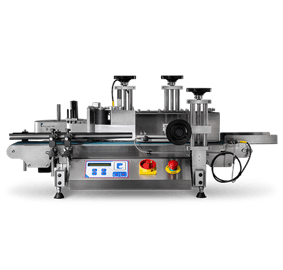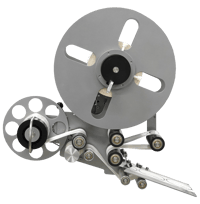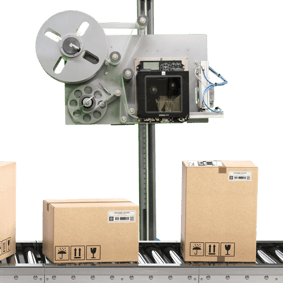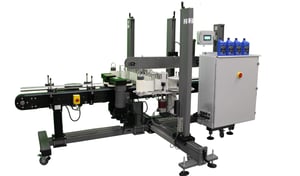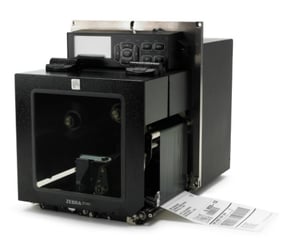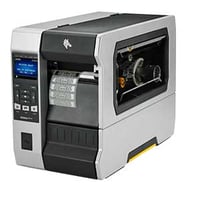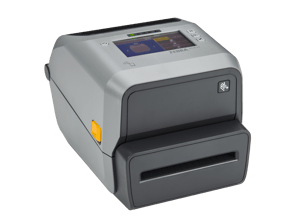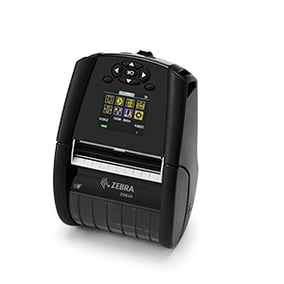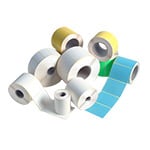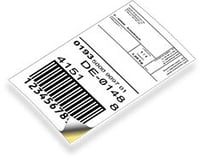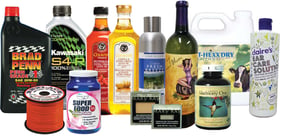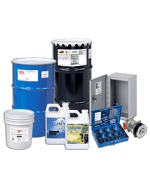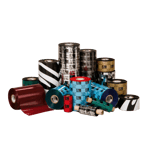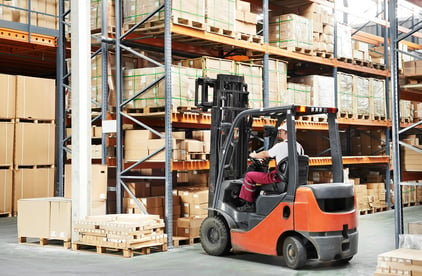A Brief History of the Barcode
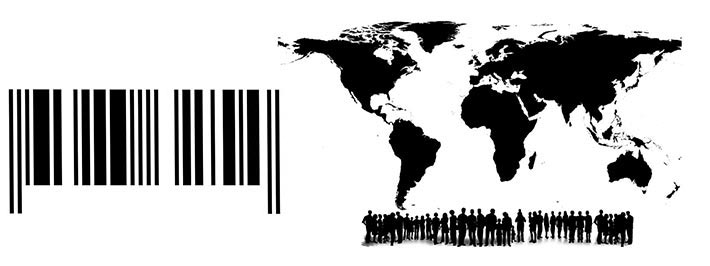
The invention of the barcode isn’t something you think about while you’re purchasing a product. It’s just a mechanism for identifying the price and other information of a specific product. In fact, once that barcode has been scanned, you will never consciously think about it again. However, when you think about it, the barcode was a highly advanced, very convenient and more productive way of identifying and calculating the price of products.
Where it all Began: Supermarkets
Barcodes were an invention for the benefit of supermarkets, specifically. Before the invention of the modern day barcode, “punch cards” were suggested as an idea in supermarkets. The customer would remove these punch cards from a catalog, and produce the cards to the cashier in the checkout line. Once the card was scanned, a machine would locate the items in the store, deliver them to the checkout line, calculate the total cost of purchase, and keep track of the available inventory of each product.
While the idea would have given supermarkets the tools they needed to become more precise and efficient, the money, supplies, and machinery needed to make the idea possible was unattainable at the time. The country was in the middle of the Great Depression, and an affordable solution was needed quickly.
The Barcode is Invented
In 1948, a graduate student at the Harvard Graduate School of Business Administration, Bernard Silver, began working on an invention that would contain all of the information of a product – including price – and was available to the consumer and supplier upon scanning the code. Along with his friend, Norman Joseph Woodland, a teacher at Drexel University at the time, they began working to bring their ideas to fruition.
After seven months of planning, Woodland had the idea to combine the same technology used in movie soundtracks and Morse code to create a linear bar code. Using a system of wide lines and narrow lines, Woodland created the first barcode. The first bar code was shaped like a bullseye and patented as a “Classifying Apparatus and Method.”
Unfortunately, it would take over 20 years for technology to become available and affordable enough to implement Woodland’s invention into marketplaces across America.
The Need Arises Again
After inventing his original code, Woodland accepted a position at IBM in 1951 and would work there for 22 years until his invention was needed again. In 1973, some supermarket executives had come together to request a better system for moving people through the checkout line. IBM was one of the 14 companies they had tasked with finding a solution.
At the time, George Laurer also worked at IBM alongside Woodland. Laurer’s job was to create a better code based off of Woodland’s “Classifying Apparatus and Method” circular code. The Universal Product Code (UPC) was created in 1974 and was a rectangular version of Woodland’s original code. The UPC code was scanned for the first time on a pack of Wrigley’s gum.
The Barcode Today
In just over 40 years since the first UPC code was scanned at Marsh’s supermarket in Troy, Ohio, there are about 5 billion barcodes being scanned worldwide on a daily basis. In addition, there are now barcodes designed for more specific purposes. For example, Code 39 is designed for character self-checking and eliminates the need for check character calculations. UPCa is used in retail and consists of 12 numbers. A GS1 DataBar has the capabilities of encoding up to 20 trillion values!
The barcode is a truly amazing invention that has simplified more daily activities today than you can imagine. Barcode printing technology has advanced to produce barcodes that can be used in almost any environment, and barcode scanning equipment that can read information on different types of materials. Imagine how much different shipping, tracking, shopping and hundreds of other activities would be today if it wasn’t for the invention of the barcode.
Reference:
https://en.wikipedia.org/wiki/Barcode
http://www.engineersgarage.com/invention-stories/barcodes-history#

